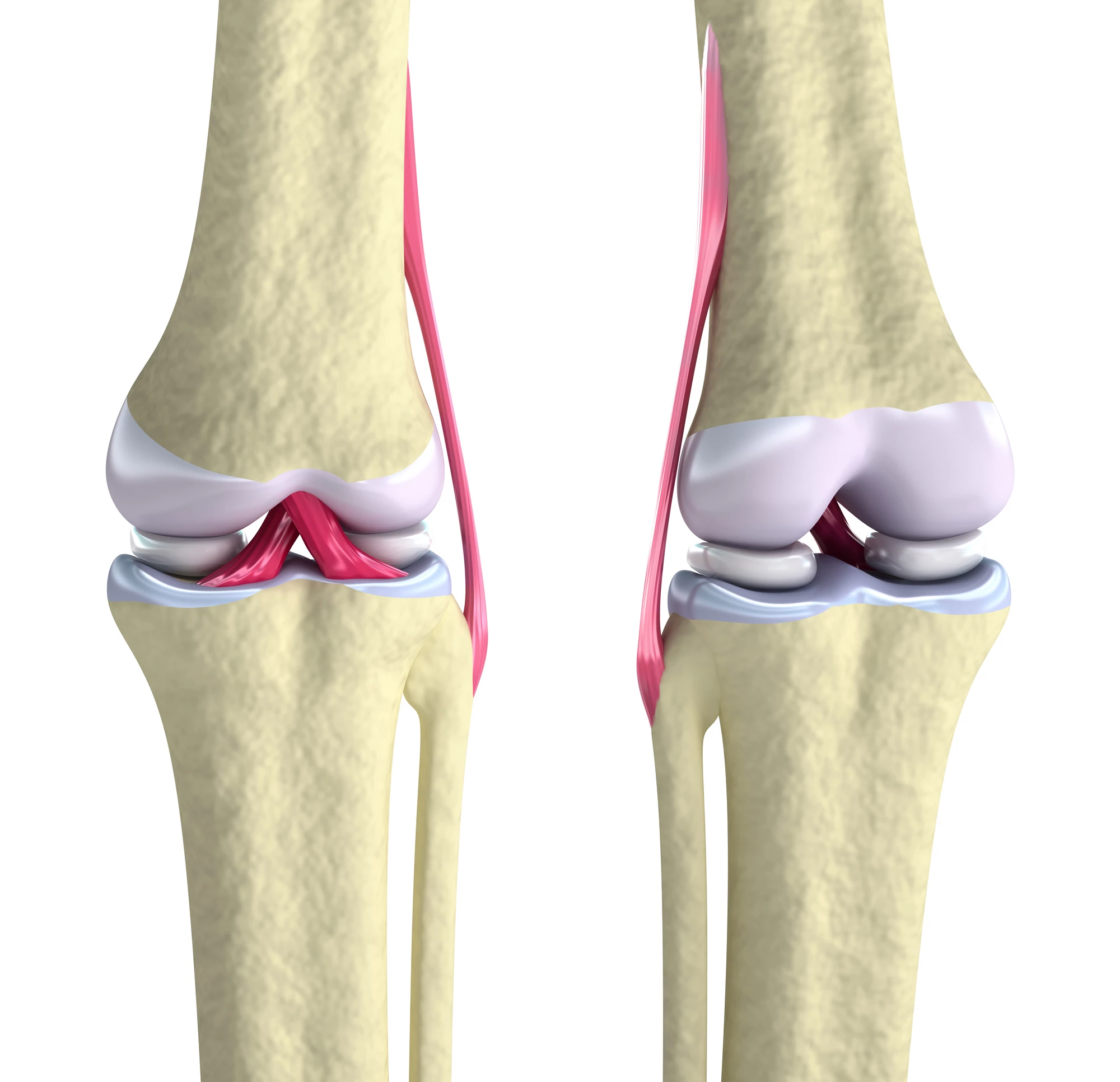Human knees are notoriously vulnerable to injury or wearing out with age, often culminating in the need for surgery. Now researchers have created new hybrid bioinks that can be used to 3D print structures to replace damaged cartilage in the knee.
The meniscus is the rubbery cartilage that forms a C-shaped cushion in your knee, preventing the bones of your upper and lower leg from rubbing against each other. This stuff is susceptible to damage from sports injuries, but can also wear out with age – and if it gets particularly bad, sometimes the only thing left to do is surgically remove some of the damaged meniscus.
For the new proof-of-concept study, researchers at the Wake Forest Institute for Regenerative Medicine (WFIRM) demonstrated a new method for 3D bioprinting that creates both the cartilage and the supporting structures. The team used the Integrated Tissue and Organ Printing System (ITOPS), which has been used in past studies to print complex tissues such as bones, muscles and even ears.
This time, the researchers used several bioinks together to print the entire fibrocartilage tissue layer by layer, in an interleaved crosshatch pattern. The first was a composite gellan gum and fibrinogen ink, which encourages the body’s own cells to repopulate. The second bioink is a silk fibroin methacrylate, which helps keep the structure strong and flexible.
In lab tests using pig cells, the team found that the cells were able to proliferate and remain viable, while the structure itself stayed biomechanically sound. Follow up experiments involved implanting the printed structures into mice, and observations during the 10 weeks after surgery showed that the mice began to regenerate their own fibrocartilage as hoped.
The team says that more studies will need to be conducted to investigate what kinds of responses the body might have to the implant, whether it restores function to the joint, and of course whether the results translate to humans.
The research was published in the journal Chemistry of Materials.
Source: WFIRM




